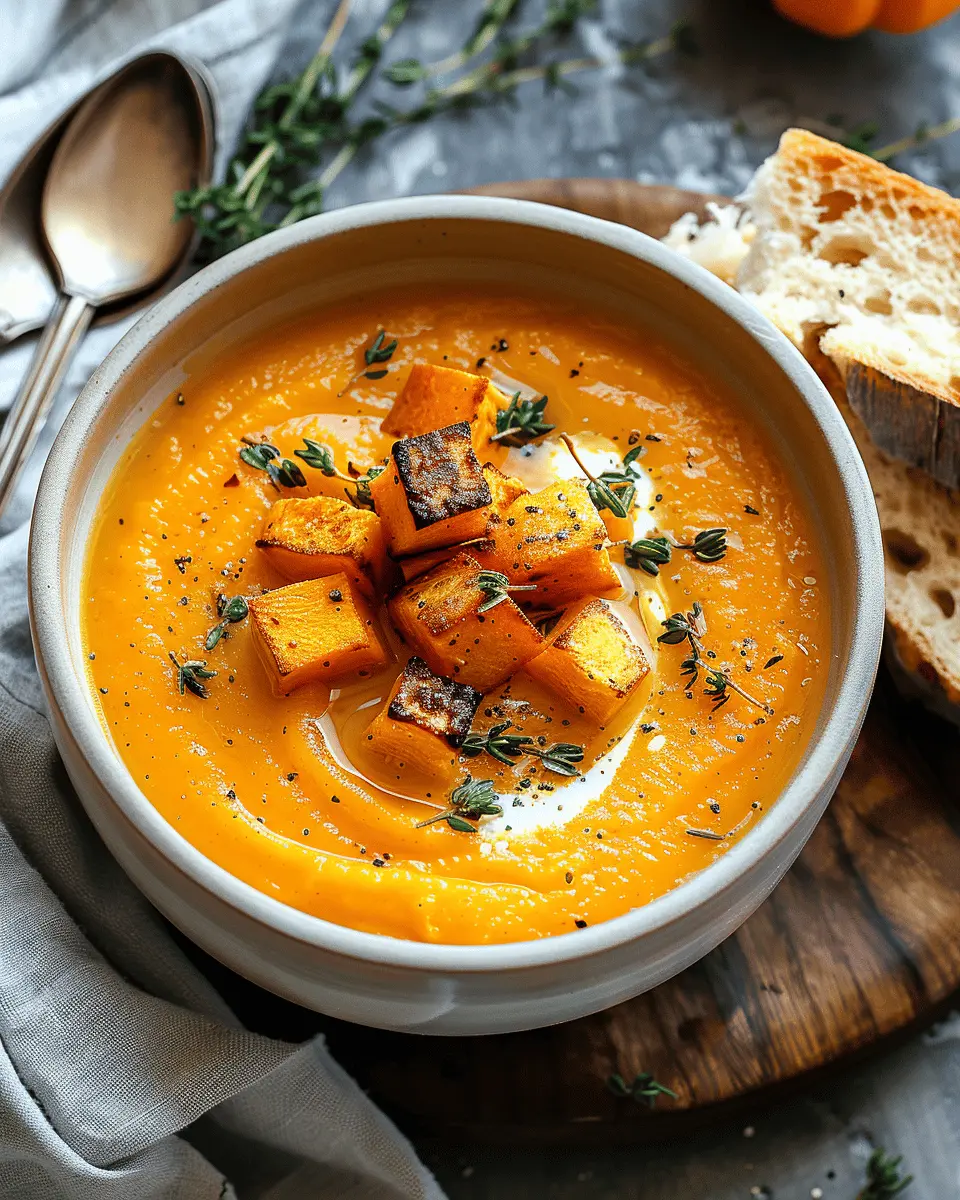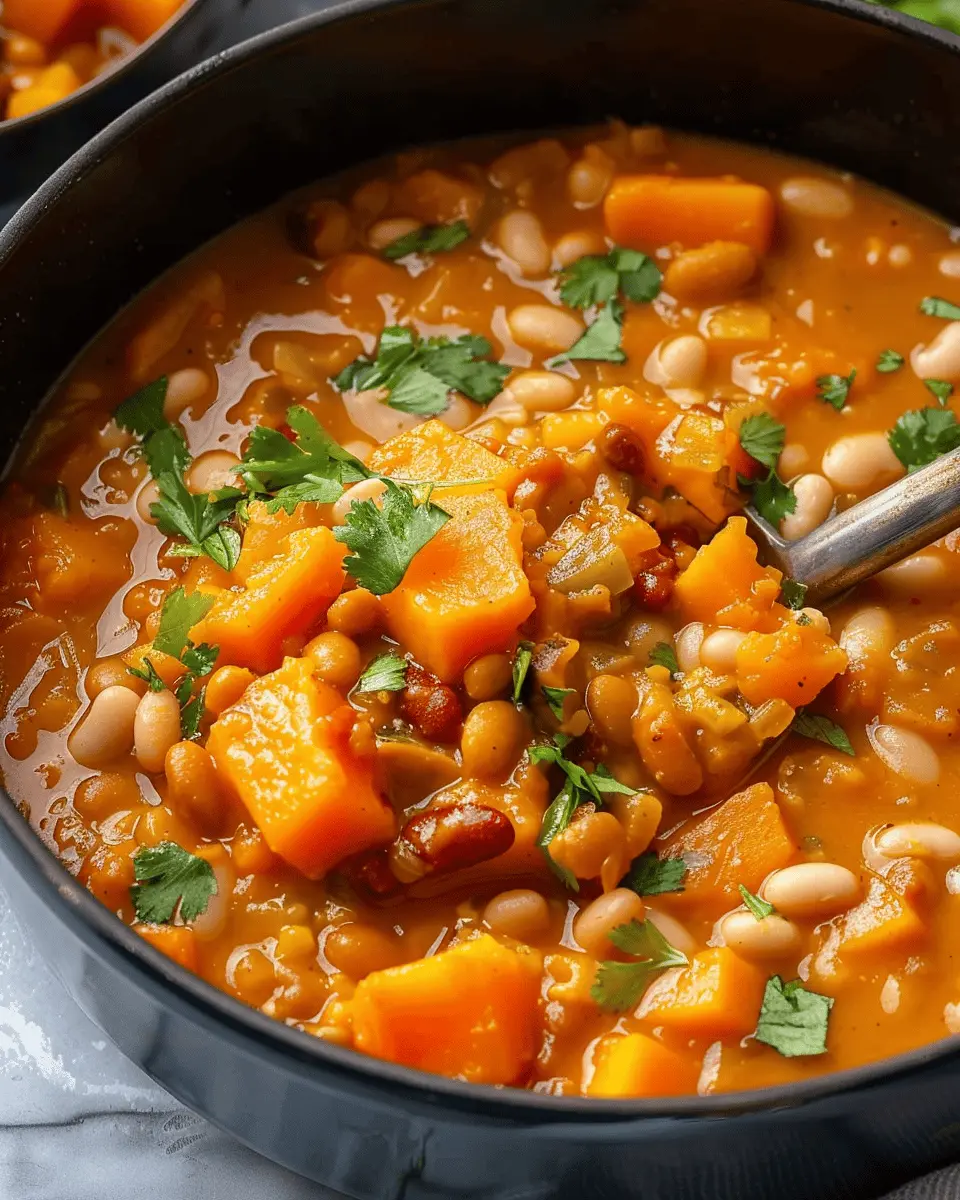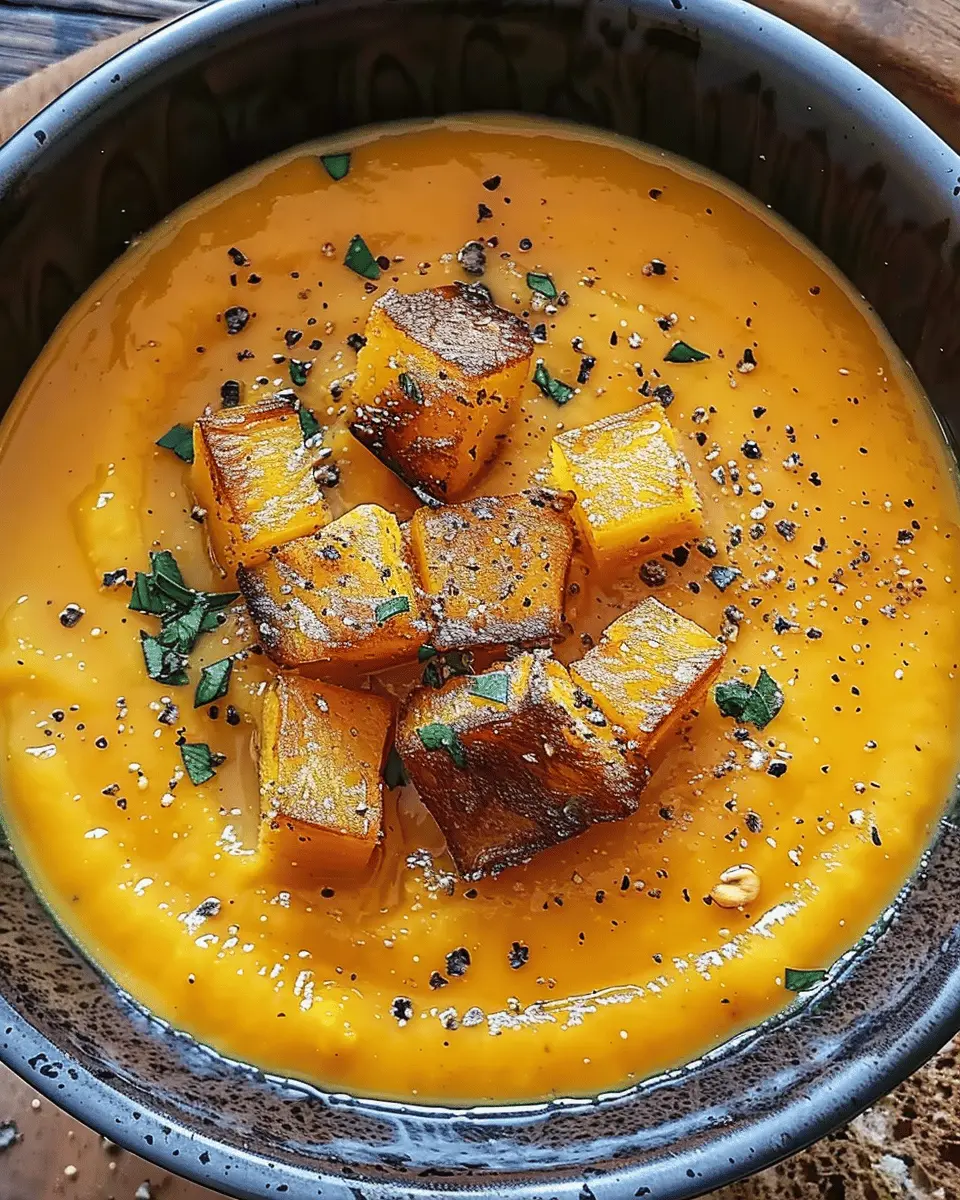Introduction to Artisan Pizza Dough
When you think of artisan pizza dough, you might imagine the bustling pizzerias in downtown neighborhoods where chefs toss dough into the air like confetti. But what if I told you that you could bring that incredible flavor and texture right into your kitchen? For young professionals juggling work, social commitments, and a desire for delicious meals, mastering artisan pizza dough can transform your weeknight dinners into gourmet experiences without the hefty price tag.
Why artisan pizza dough is a game-changer for young professionals
Let’s face it; the food scene in many urban areas can be overwhelming. Between trying to find time to cook, the allure of takeout, and wanting to impress friends at gatherings, it can feel like there’s never enough time to prepare quality meals. That’s where artisan pizza dough steps in as your secret weapon.
Here’s why it resonates with busy young professionals like you:
-
Versatile and Customizable: Whether you’re vegetarian, a meat-lover, or want to create gluten-free options, artisan pizza dough serves as a perfect blank canvas. You can add your favorite toppings—and what’s that? You can even sneak in some Turkey Bacon or Chicken Ham to elevate the flavor profile.
-
Impressive but Simple: Crafting a pizza might sound intimidating, but making artisan pizza dough is surprisingly simple. With just a few ingredients—flour, water, yeast, and salt—you can impress friends and enrich your culinary skills. Plus, it’s a great conversation starter!
-
Healthier Choices: By preparing your own dough, you have total control over the ingredients, ensuring that what you’re serving is fresh and wholesome. No more questionable preservatives or additives from store-bought options!
Imagine inviting friends over for a pizza party where each person crafts their own pie. It’s interactive, fun, and a perfect way to unwind after a hectic week. If you’re looking for a more in-depth look into the science of pizza, check out this insightful article from Serious Eats.
In our upcoming sections, we will dive deeper into the intricacies of creating artisan pizza dough, including tips and tricks to ensure your crust is always a hit. Are you ready to roll up your sleeves and embrace the art of pizza-making? Let’s get started!
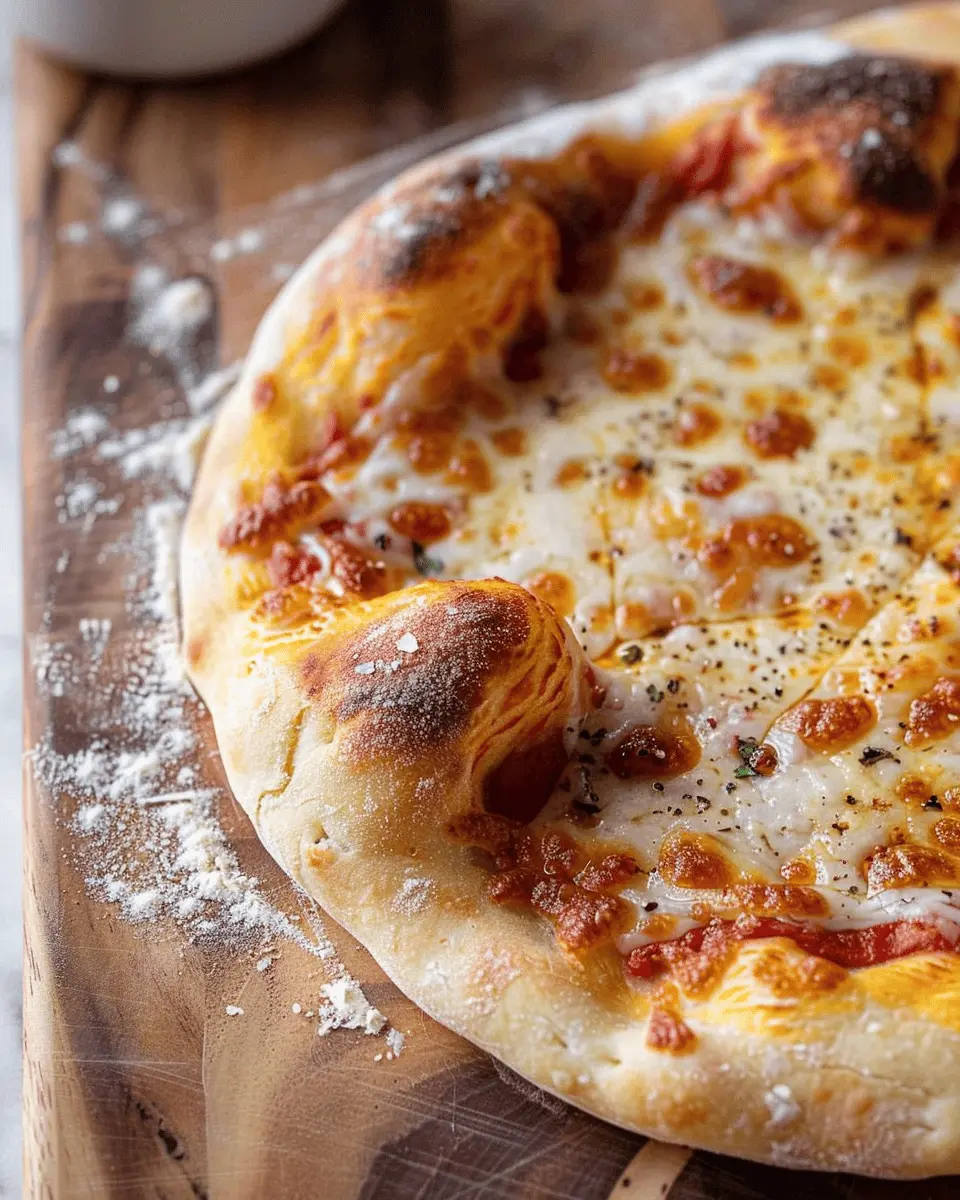
Ingredients for Artisan Pizza Dough
Making exceptional artisan pizza dough at home is a rewarding experience. The key lies in using quality ingredients to achieve that perfect texture and flavor. Let’s dive into the essential ingredients you’ll need.
Essential Ingredients You’ll Need
- Flour: Opt for high-protein bread flour or all-purpose flour. This provides the needed gluten for that chewy crust.
- Water: Using room temperature water helps activate the yeast. Make sure it’s not too hot or cold!
- Yeast: Instant yeast works wonderfully for artisanal bread; it’s easy to use and gives great results.
- Salt: A good quality sea salt enhances flavor. Don’t skip this as it’s crucial for proper fermentation.
- Olive Oil: Adds richness and aids in creating a tender crust. Extra virgin is often recommended for its flavor.
- Sugar: Just a pinch can help feed the yeast, resulting in a better rise.
When gathering these ingredients, think about where to source them quality. Local mills or specialty stores often have great options. For more on the significance of each ingredient, you can check out resources like King Arthur Baking or Serious Eats. With these basics in hand, you’re well on your way to crafting delicious artisan pizza dough!
Preparing Artisan Pizza Dough
Creating a mouthwatering artisan pizza dough isn’t just about following a recipe; it’s an experience filled with creativity and joy. Here’s how to get started on your pizza-making journey!
Mix the flour and water
The foundation of any great artisan pizza dough is the right flour and water ratio. Begin by choosing high-quality bread flour; it contains higher protein levels that will help develop gluten, giving your dough that delightful chewiness.
- Ingredients needed:
- 4 cups of bread flour
- 1 and 1/2 cups of room-temperature water
- In a large mixing bowl, add the bread flour and pour in the water.
- Use a wooden spoon or your hands to mix until there are no dry spots left. The mixture may appear a bit shaggy and sticky, but that’s perfectly normal!
This initial combination will kickstart the hydration process, allowing gluten to begin forming.
Let the dough rest
This step may feel a bit peculiar, but it’s essential for developing flavor and texture. Allowing your dough to rest is known as autolyse, a process that relaxes the gluten strands.
- Cover the bowl with a damp cloth or plastic wrap and let it sit for at least 30 minutes but up to 2 hours if you have the time.
While you wait, you could contemplate what toppings you’ll use on your masterpiece or even watch a quick pizza-making video to get inspired!
Incorporate yeast and salt
After the dough has rested, it’s time to add in the yeast and salt—two crucial ingredients for flavor and fermentation.
- Ingredients needed:
- 1 teaspoon of instant yeast
- 2 teaspoons of sea salt
- Sprinkle the yeast and salt on the dough and mix with your hands until well combined.
- Ensure that the salt and yeast are evenly distributed throughout the dough.
A good tip is to avoid direct contact between the salt and yeast initially, as the salt can kill the yeast if they meet too soon.
Develop gluten through folding
This is where the magic truly happens. Rather than kneading, we’re going to fold the dough—this gentle technique helps develop gluten without overworking the dough.
- Let your dough sit for about 15 minutes after incorporating the yeast and salt.
- Gently grab one edge of the dough, stretch it upwards, and fold it over the center. Rotate the bowl a quarter turn and repeat until you’ve folded all around the dough.
You might be surprised to learn that folding dough helps maintain more air pockets, resulting in a light and airy crust. Repeat this folding process every 30 minutes for a total of 2-3 hours.
Shape the dough and let rise
Once your artisan pizza dough has risen and doubled in size, it’s time to shape it into a ball and prepare it for its final rise.
- Lightly flour your work surface and gently turn the dough out.
- With floured hands, shape it into a round ball by tucking the edges under itself.
Place it in a lightly greased bowl, cover it, and let it rise for an additional 1 to 2 hours until it looks puffy and has increased in size.
This slow fermentation process is what gives the artisan pizza dough its exceptional flavor.
Making your artisan pizza dough can be a rewarding and enjoyable endeavor. So go ahead, gather your ingredients, and embark on this culinary journey. You’ll impress friends and family with your homemade pizza creations in no time! If you’re looking for more tips on how to cook like a pro, check out resources from the James Beard Foundation or Serious Eats. Happy baking!

Variations on Artisan Pizza Dough
Exploring variations of artisan pizza dough can unlock a whole new world of flavors and textures for your homemade pizza. With just a few adjustments, you can elevate your pizza night to something truly special. Here are two delectable variations that are sure to impress your friends and family.
Whole Wheat Artisan Pizza Dough
For those seeking a healthier option, whole wheat artisan pizza dough is a fantastic choice. The nutty flavor and added fiber make it a nutritious alternative without sacrificing taste.
- Ingredients: Substitute half or all of the all-purpose flour with whole wheat flour. This provides a hearty texture and enhances the dough’s nutritional profile.
- Benefits: Whole wheat flour contains more nutrients and fiber compared to white flour, helping you stay full longer. Research from the Whole Grains Council suggests that incorporating whole grains into your diet can reduce the risk of heart disease and promote healthy digestion.
Pro tip: To maintain a light texture, consider mixing all-purpose flour with whole wheat flour.
Herb-Infused Artisan Pizza Dough
If you’re looking to add a fragrant twist to your artisan pizza dough, try infusing it with fresh herbs. Rosemary, basil, or oregano can turn a basic dough into a flavor powerhouse.
- Method: Add 2 tablespoons of finely chopped fresh herbs or 1 tablespoon of dried herbs to the dry ingredients before mixing the dough.
- Flavor enhancing: These herbs bring out a robust aroma and lend a delightful taste to your pizza crust. A study published by the Journal of Food Science outlines that incorporating herbs into your meals can enhance not only flavor but nutritional value as well.
Each variation brings its unique flair, making your pizza not just a meal but an experience. Ready to start experimenting? For more inspiration, you can check out resources like Serious Eats or New York Times Cooking for additional recipes and tips!
Cooking Tips and Notes for Artisan Pizza Dough
Common Mistakes to Avoid
When crafting your artisan pizza dough, a few slip-ups can turn your dough from delightful to disastrous. Here’s what to watch out for:
- Over-kneading: While it’s important to develop gluten for that desired chewiness, too much kneading can result in a dense crust. Aim for a balance—knead just until the dough is smooth.
- Wrong temperature: Yeast loves warmth, but too hot can kill it. Make sure your water is cozy, not boiling, around 110°F (43°C).
- Ignoring hydration: Artisan pizza dough often requires a higher water content. Monitor the dough’s texture; it should be slightly tacky but manageable.
Tools That Make a Difference
Investing in the right tools can elevate your pizza game. Consider these essentials:
- Digital kitchen scale: For precise measurements, essential when baking—check this guide on Why Weighing Ingredients Matters.
- Pizza stone or steel: This helps achieve a crispy crust by mimicking a traditional pizza oven.
- Bench scraper: Perfect for handling dough without excess sticking, making shaping much easier.
With these tips and tools in hand, you’ll be well on your way to creating the perfect artisan pizza dough!
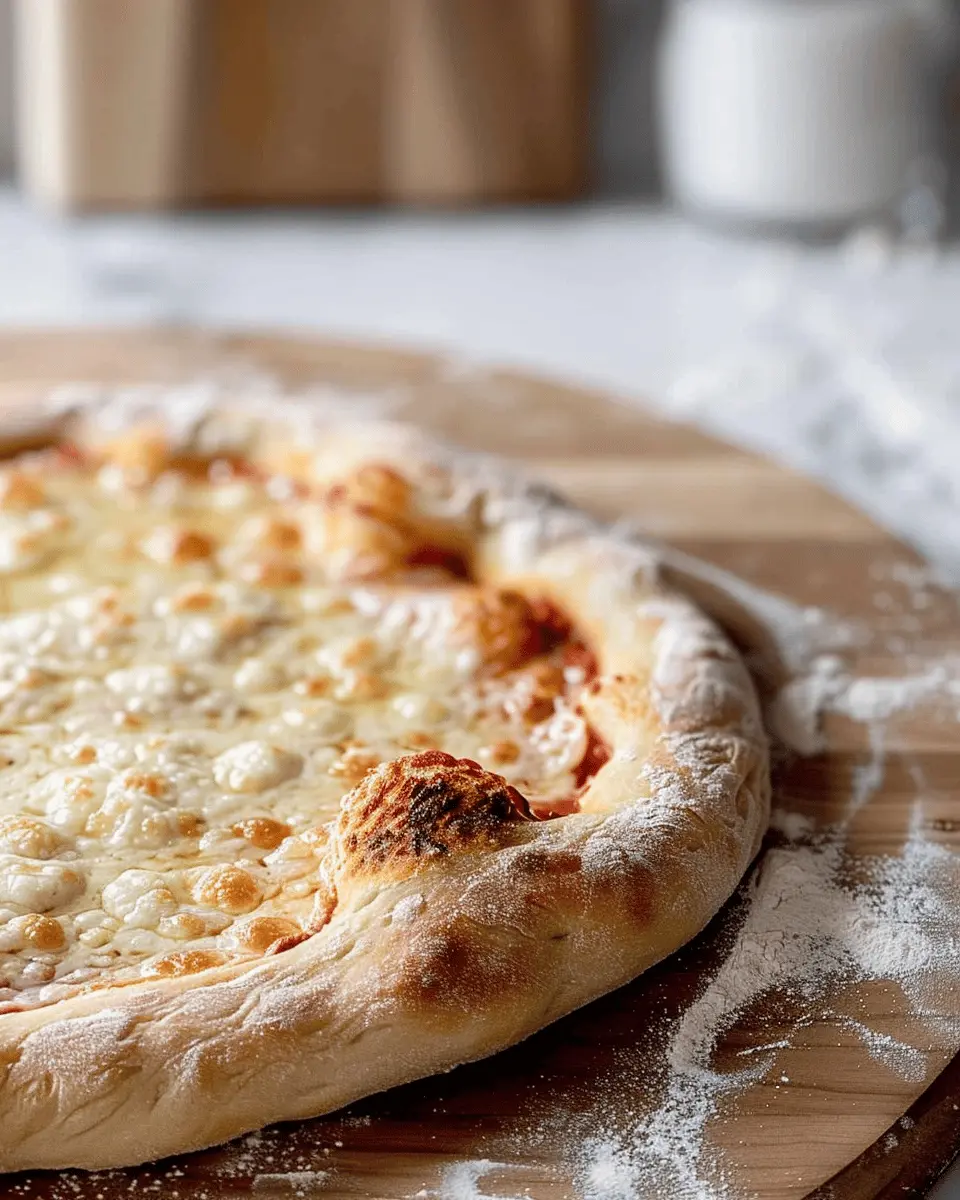
Serving Suggestions for Artisan Pizza Dough
Pairing Sauces and Toppings
When it comes to artisan pizza dough, the canvas is just as important as the vibrant colors you choose to paint on it. Start with classic tomato sauce, a staple that brings a zesty punch to your pizza. For something different, consider a creamy white sauce or a sweet barbecue base. The choice of toppings can elevate your creation:
- Veggies: Bell peppers, red onions, and spinach add a fresh touch.
- Proteins: Opt for Turkey Bacon or Chicken Ham, both fantastic choices for flavor without the heaviness.
- Cheeses: Mozzarella is a classic, but don’t overlook goat cheese or ricotta for a gourmet twist.
Want to dive deeper into pizza topping combinations? Check out this pizza toppings guide.
Creative Presentation Ideas
The first bite is often influenced by how the pizza looks! Here are some fun ways to present your artisan pizza dough creations:
- Slice Shape: Experiment with different shapes like squares or even bite-sized pieces for an appetizer vibe.
- Garnish: A sprinkle of arugula or fresh basil post-bake adds a vibrant color contrast and boosts flavor.
- Serving Style: Serve your pizza on a wooden board for that rustic feel or use colorful plates to match the toppings.
Whether you’re hosting friends or enjoying a quiet night in, these serving suggestions will ensure your pizza doesn’t just taste good but looks great too!
Time Breakdown for Artisan Pizza Dough
Preparation Time
Making artisan pizza dough starts with about 15-20 minutes of hands-on work. This step involves mixing ingredients and kneading the dough until it’s smooth and elastic. Don’t rush this; it’s crucial for achieving that perfect crust.
Rising Time
Next comes the rising time, which is where the magic happens. Allow the dough to rise for 1-2 hours at room temperature or even up to 24 hours in the fridge for deeper flavor development. I often let mine chill overnight, and trust me, it makes a noticeable difference!
Baking Time
Once the dough has risen and is ready to go, preheat your oven to its highest setting (usually about 475°F). Baking your artisan pizza dough will take around 10-15 minutes. Keep an eye on it! You want a beautifully golden crust.
For more tips on perfecting your dough, check out Serious Eats or America’s Test Kitchen—their insights on yeast fermentation and dough handling can elevate your pizza game.
Nutritional Facts for Artisan Pizza Dough
When crafting your own artisan pizza dough, it’s a delightful mix of health and indulgence. Understanding the nutritional profile can help you make informed choices.
Calories
A typical serving of artisan pizza dough (approximately 1/4 of a large pizza) contains around 200-250 calories. This can vary based on the specific flour used and any added ingredients.
Carbohydrates
Expect about 40-45 grams of carbohydrates per serving. This makes it a fantastic source of energy, perfect for those busy days when you need a quick pick-me-up. Using whole grain flour can enhance its fiber content, offering added health benefits.
Protein
Artisan pizza dough provides a modest amount of protein, around 6-8 grams per serving. While not a complete source, pairing your pizza with toppings like turkey bacon or chicken ham elevates the protein content, making your meal more balanced.
By experimenting with different flours or toppings, you can further tailor your artisan pizza dough to fit your dietary needs. For a deeper dive into the benefits of whole grains, check out Harvard Health for expert insights.
FAQs about Artisan Pizza Dough
How long can I refrigerate the dough?
When you’ve prepared your artisan pizza dough, refrigerating it is a great way to enhance its flavor. In the fridge, the dough can last for about 3 to 5 days. Make sure to cover it well with plastic wrap or store it in an airtight container. The cold environment will help it develop a richer taste. Just remember, before you use it, take it out and let it come to room temperature for about 30 minutes to an hour. This process will make it easier to work with!
Can I freeze artisan pizza dough?
Absolutely! Freezing artisan pizza dough is not only possible, but it’s also a fantastic way to prepare for a spontaneous pizza night. To freeze, simply wrap the dough tightly in plastic wrap, then place it in a resealable freezer bag. It can last for up to 3 months in the freezer. When you’re ready to use it, transfer the frozen dough to the fridge to thaw overnight, or let it sit at room temperature for a couple of hours.
What’s the best way to roll out the dough?
Rolling out artisan pizza dough can feel a bit daunting, but with a few tips, it becomes a breeze. Start by dusting your work surface with a bit of flour to prevent sticking. Using a rolling pin, gently roll the dough from the center outwards, applying even pressure. Rotate the dough as you roll to achieve a circular shape. If you prefer a more rustic look, use your hands to stretch the dough instead!
For more tips, check out Serious Eats, which offers fantastic advice on pizza-making techniques. Don’t forget to keep practicing; the more you roll, the better you’ll get!
Conclusion on Artisan Pizza Dough
Why Making Your Own Dough is Worth It
Creating your own artisan pizza dough is a rewarding experience that elevates not only the flavor of your pizza but also the joy of cooking. When you take the time to mix, knead, and let your dough rise, you’re investing in quality and freshness. Plus, homemade dough allows you to customize your ingredients, ensuring it meets your taste preferences—whether you want a crispy crust or a chewy middle.
Beyond taste, making your own dough can be a fun and therapeutic process, whether you’re having a chill night in or hosting friends. With just a few basic ingredients, you can craft something truly delicious. Plus, there’s no beating the satisfaction of pulling a fresh pizza from the oven!
If you’re looking for more tips on perfecting your dough, consider checking out resources from Serious Eats or America’s Test Kitchen for expert advice and varied recipes!
PrintArtisan Pizza Dough: The Best Easy Recipe for Homemade Delight
This artisan pizza dough recipe is perfect for home chefs looking to make authentic and delicious pizza at home.
- Prep Time: 15 minutes
- Cook Time: 15 minutes
- Total Time: 1 hour 30 minutes
- Yield: 2 pizzas 1x
- Category: Main Course
- Method: Baking
- Cuisine: Italian
- Diet: Vegetarian
Ingredients
- 2 cups all-purpose flour
- 1 teaspoon salt
- 1 teaspoon sugar
- 1 tablespoon active dry yeast
- 3/4 cup warm water
- 1 tablespoon olive oil
Instructions
- In a bowl, mix warm water, sugar, and yeast. Let it sit until frothy.
- Add flour, salt, and olive oil to the yeast mixture. Mix until a dough forms.
- Knead the dough on a floured surface for about 5-7 minutes.
- Place the dough in a greased bowl, cover, and let it rise for 1 hour.
- Preheat oven to 475°F (245°C).
- Roll out the dough on a floured surface to your desired thickness.
- Add your favorite toppings and bake for 12-15 minutes.
Notes
- For a crispier crust, pre-bake the pizza dough for 5 minutes before adding toppings.
- Feel free to experiment with different flours.
Nutrition
- Serving Size: 1 slice
- Calories: 180
- Sugar: 1g
- Sodium: 200mg
- Fat: 5g
- Saturated Fat: 1g
- Unsaturated Fat: 3g
- Trans Fat: 0g
- Carbohydrates: 30g
- Fiber: 1g
- Protein: 5g
- Cholesterol: 0mg
Keywords: artisan pizza dough, homemade pizza, easy pizza recipe




